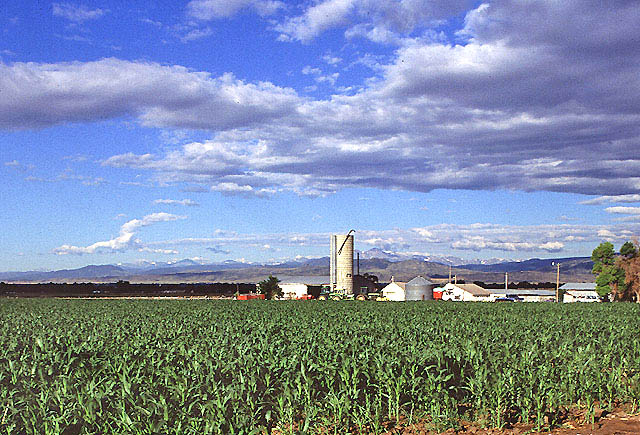RaboResearch: High prices for many sectors of ag
A report was released this week from RaboResearch showing labor shortages and high prices for many ag sectors in 2021.

The North American Agribusiness Review released this week by RaboResearch shows the economy, logistics and weather are just three sectors hitting American agriculture in 2021.
According to the report, the economic recovery appears to have lost momentum, but that might not be all true because a labor shortage is distorting the data. In fact, RaboResearch shows 1 out of 7 job offers are refused. The labor shortage is expected to last until September. In addition, inflation is flying high due to supply bottlenecks.
Congestion at ports caused by Asian imports and trucks waiting at port to move goods is causing issues up and down the food chain.
Each sector has different pieces impacting prices and profits for producers.
In the soybean and corn markets, all eyes are on the June 30 USDA acreage and grains stock report. It will determine the stocks for both corn and soybeans which will push the market one way or the other.
Corn
When it comes to corn, RaboResearch puts it simply: Volatility is the name of the game in 2021.
The weather is the main factor in the market right now. However, the crystal ball isn’t giving a clear picture of what the weather will mean to the 2021 crop as a whole.
U.S. exports are and will continue to be the major driver of prices. Record breaking corn exports by over 400 million tonnes have gone to China.
Soybeans
In the soybean world, the RaboResearch report shows stocks are still tight.
Soybeans crush and exports have slowed due to high prices, low stocks and a season decline in exports which have resulted in 2021 stocks increasing.
The June 30 USDA Acreage and Grains Stock report will be important to the soybean markets. An increase in planted acres is expected to help soften the tight stocks. However, it’s not expected to be enough to soften prices.
Another soybean headline is the oilseed market. Producers have their eyes on the two new soybean crushing facilities in the U.S. and four expanded or new facilities in Canada.
Cattle
The beef market is being demand driven; that’s the consensus from RaboResearch.
Cutout values are still leading the beef market. The report found that the second quarter beef production is up 1.6% vs. 2019. This is attributed to record setting exports to China combine with domestic demand. In the U.S., it is grilling season and restaurants are re-opening causing the uptick.
However, no industry is perfect. The packing industry, along with many others, is challenged by labor shortages and the pandemic.
Feeder cattle prices are balancing fed cattle futures. Optimism and feed costs pressures are callusing volatility in the markets.
In addition, strong cull cow prices are being felt despite elevated culling in drought areas. The drought in the western part of the country has pushed slaughter rates up 10 percent year over year. So far, a strong demand has kept prices strong.
Dairy
In the dairy industry, RaboResearch found the herd has grown in the United States. There are approximately 9.51 million head—an increase of 145,000 cattle from May 2020. The research found cows decreasing in the east and west but increasing in the center of the country.
Pork
RaboResearch found the record pork markets are offsetting rising costs for the producer while regulatory and herd health challenges are limiting the herd growth.
Pork production continues to fall, reflecting lower hog inventories and labor constraints. Record-high hog prices are likely to incentivize faster growth, yet feed cost uncertainty and impending Proposition 12 housing regulations could limit expansion and slow production recovery.
Carcasses are at a record high with cutouts topping 1.34/pound as demand tightens and supports higher prices.
Chicken
RaboResearch reports chicken prices are reaching the seasonal peak despite strong demand and production constraints.
The weekly chicken production was 3.1 percent lower than 2020 but rebounded to current levels in this quarter.
Chicken prices reached record levels for most cuts in recent weeks on consumer demand and low inventory.
About the Author(s)
You May Also Like



